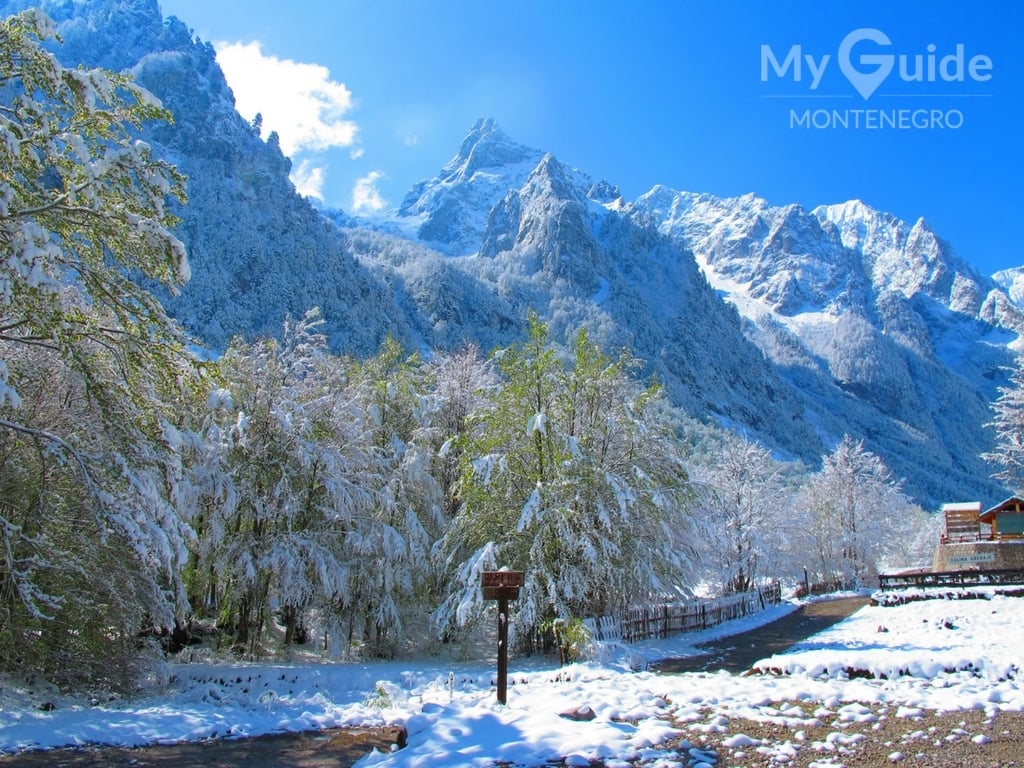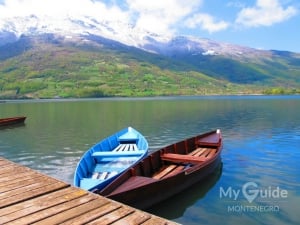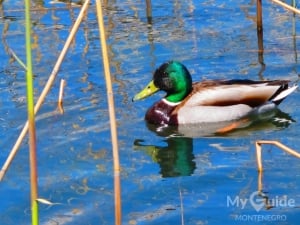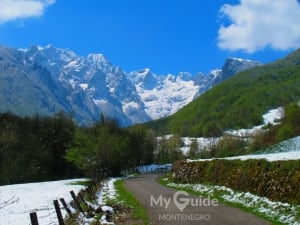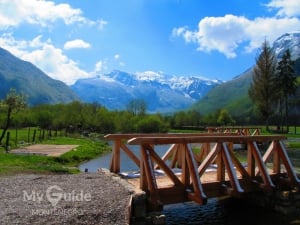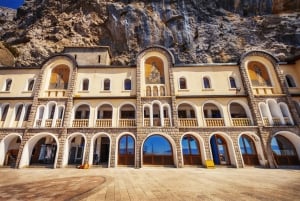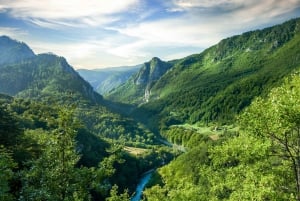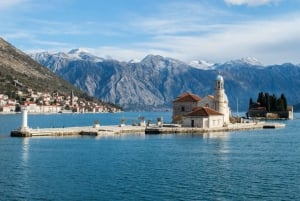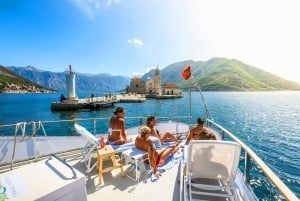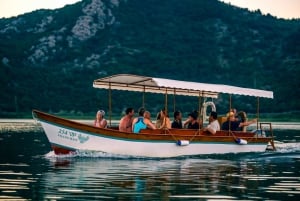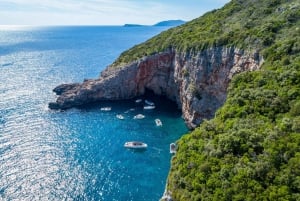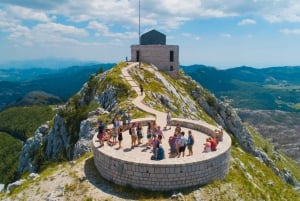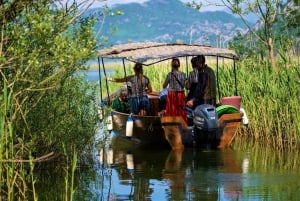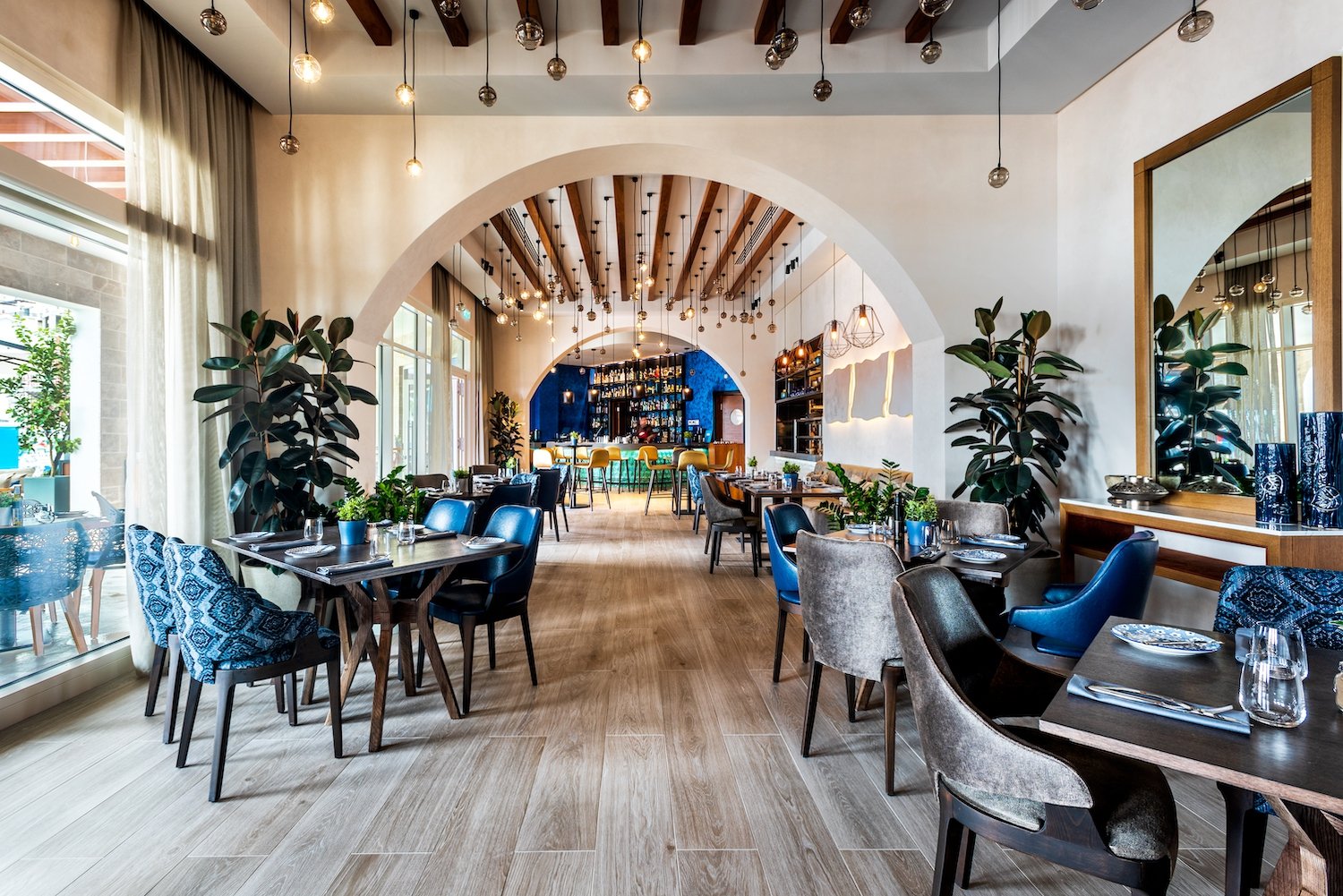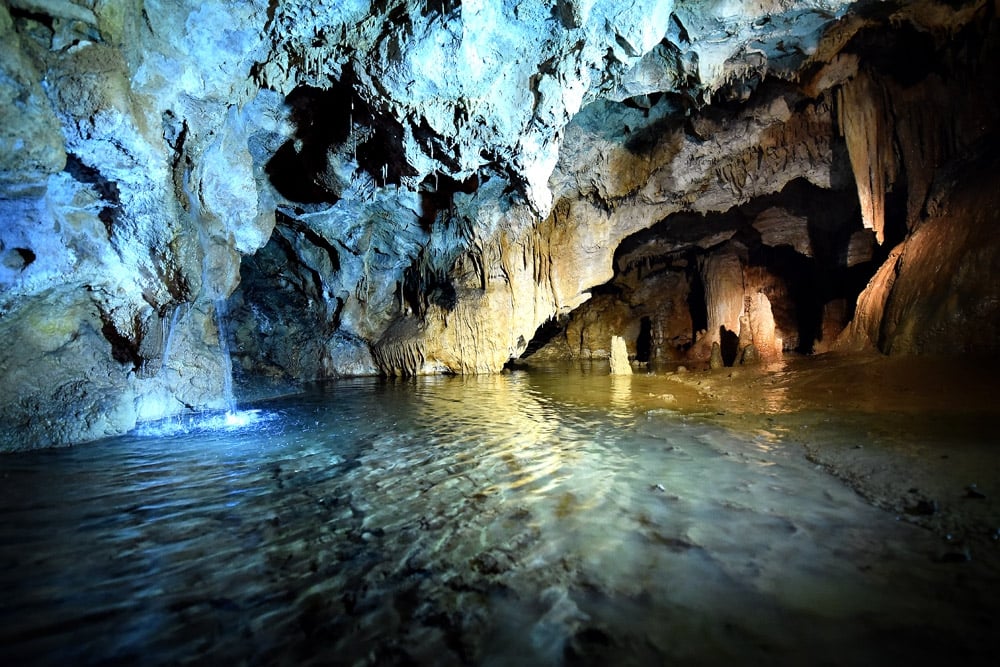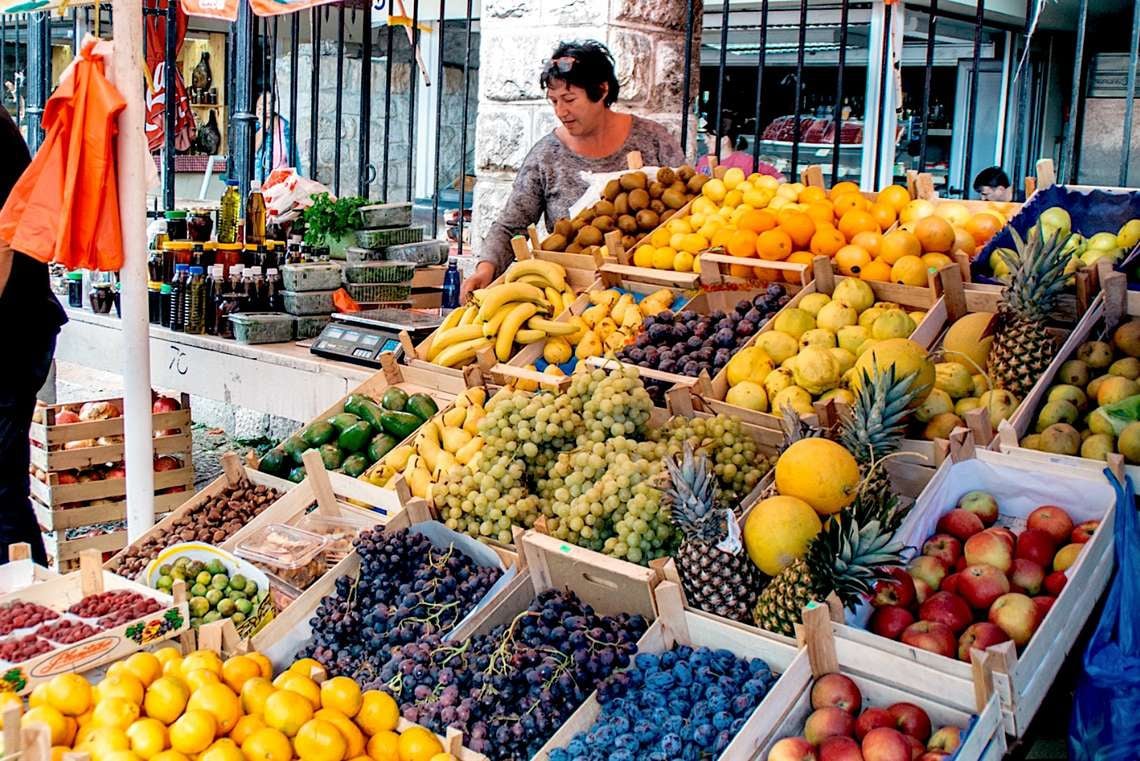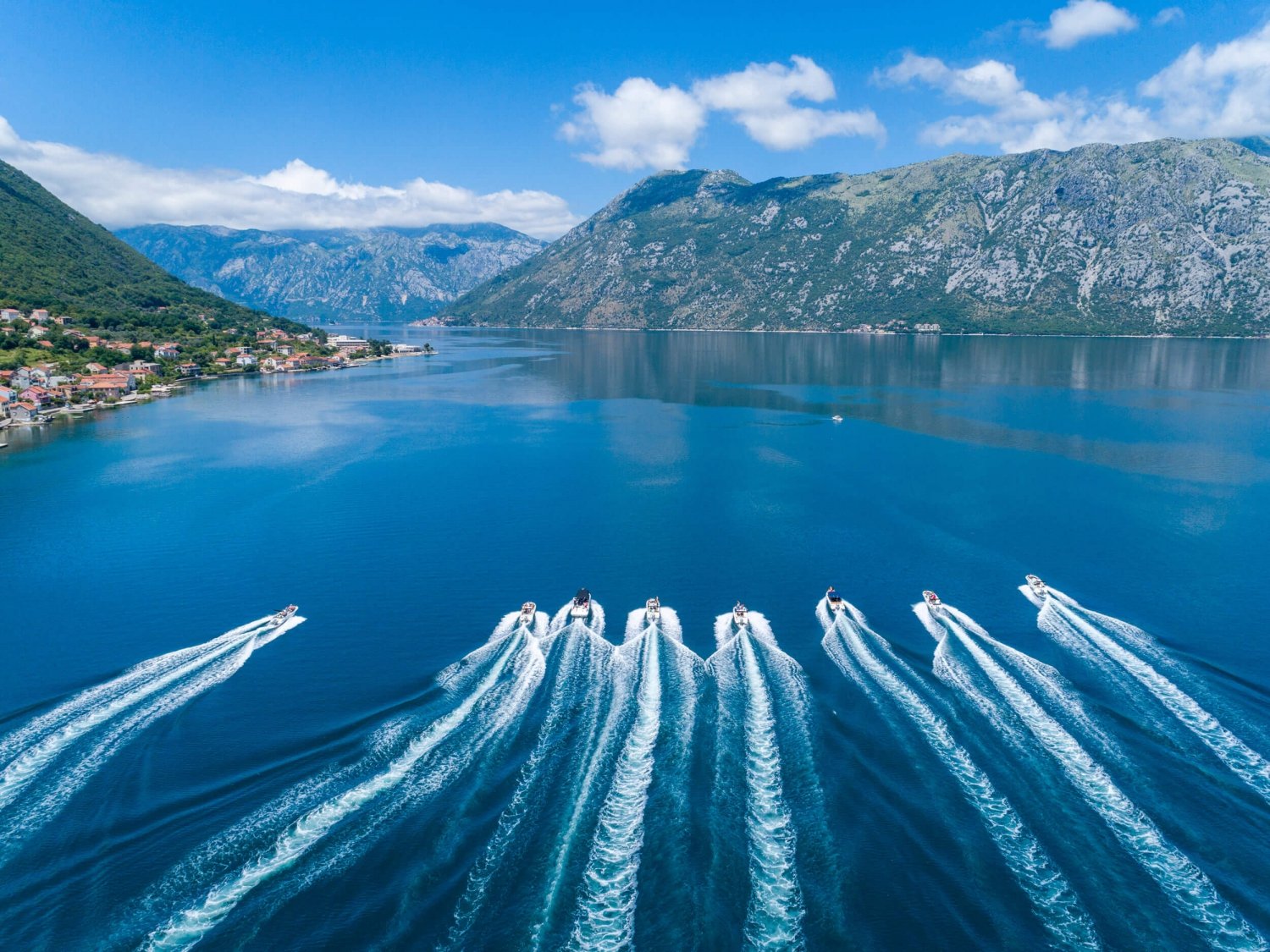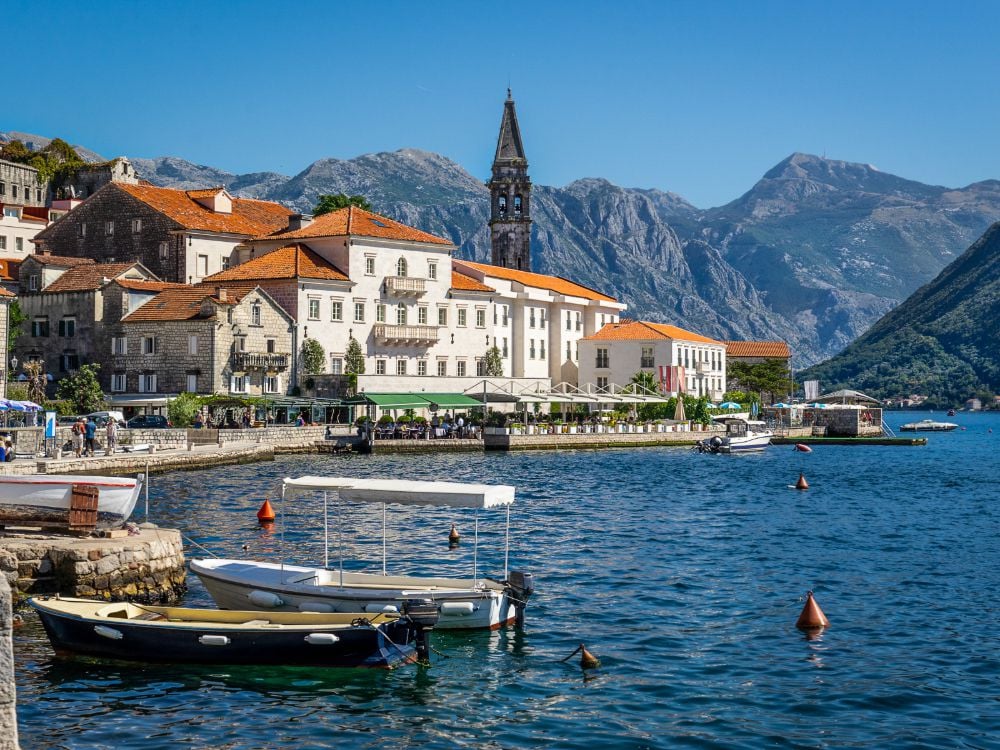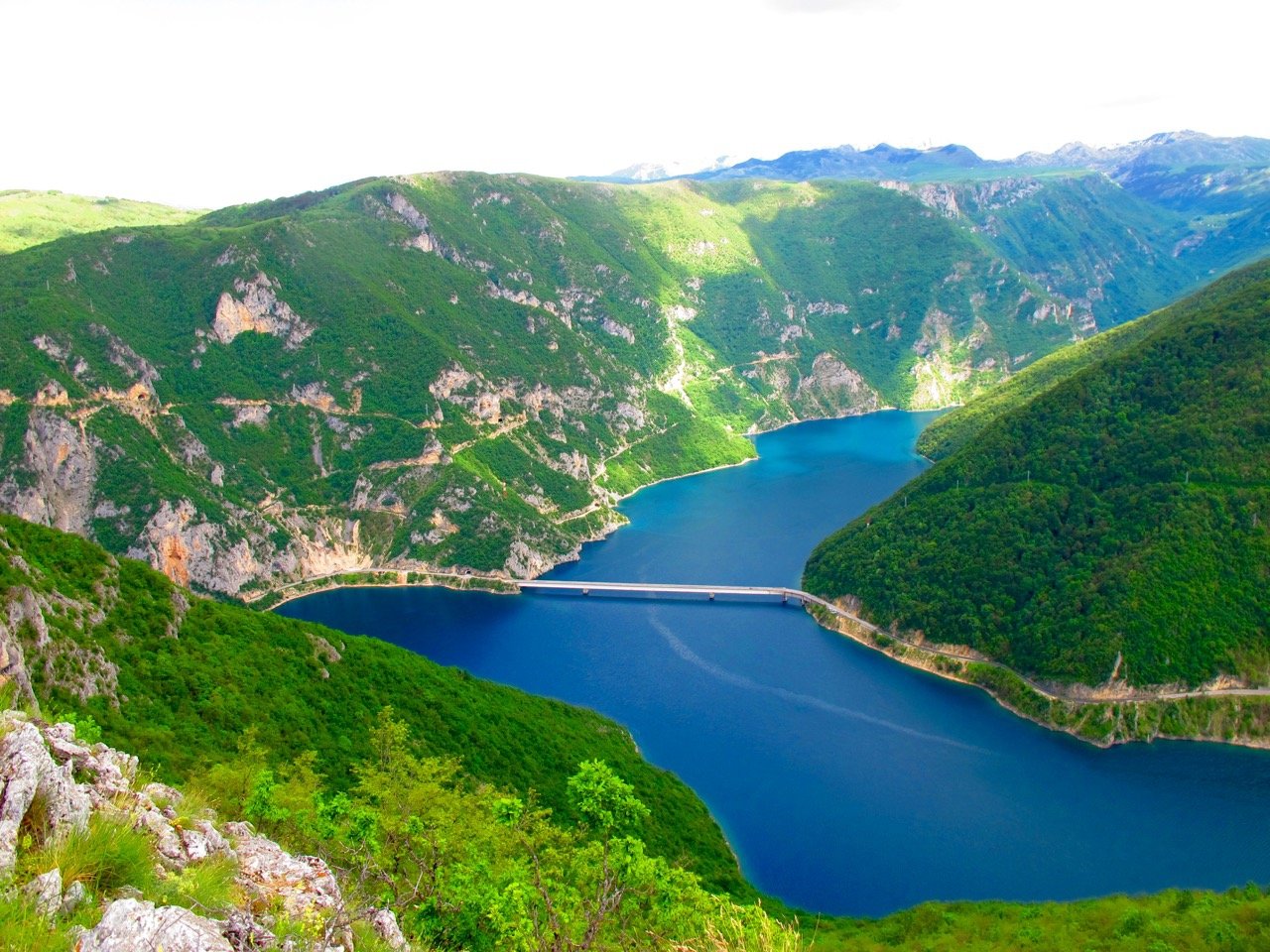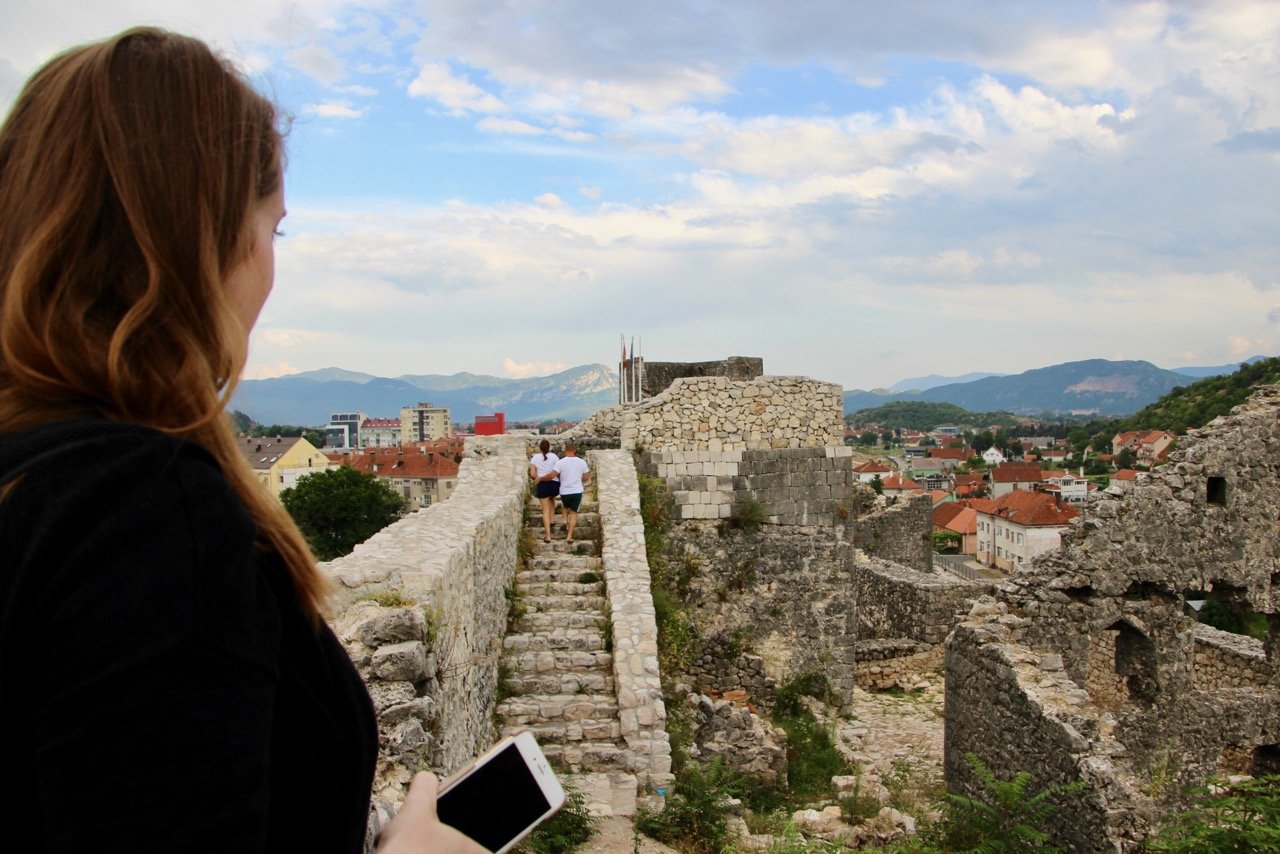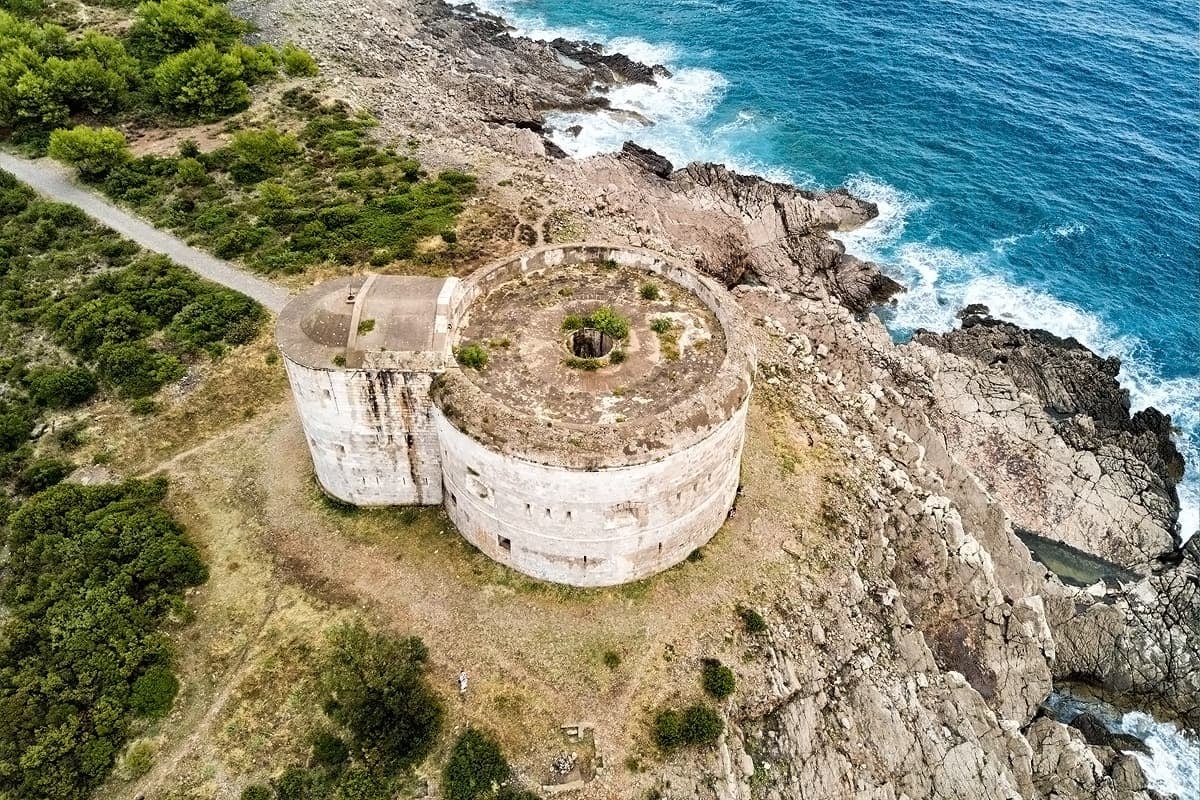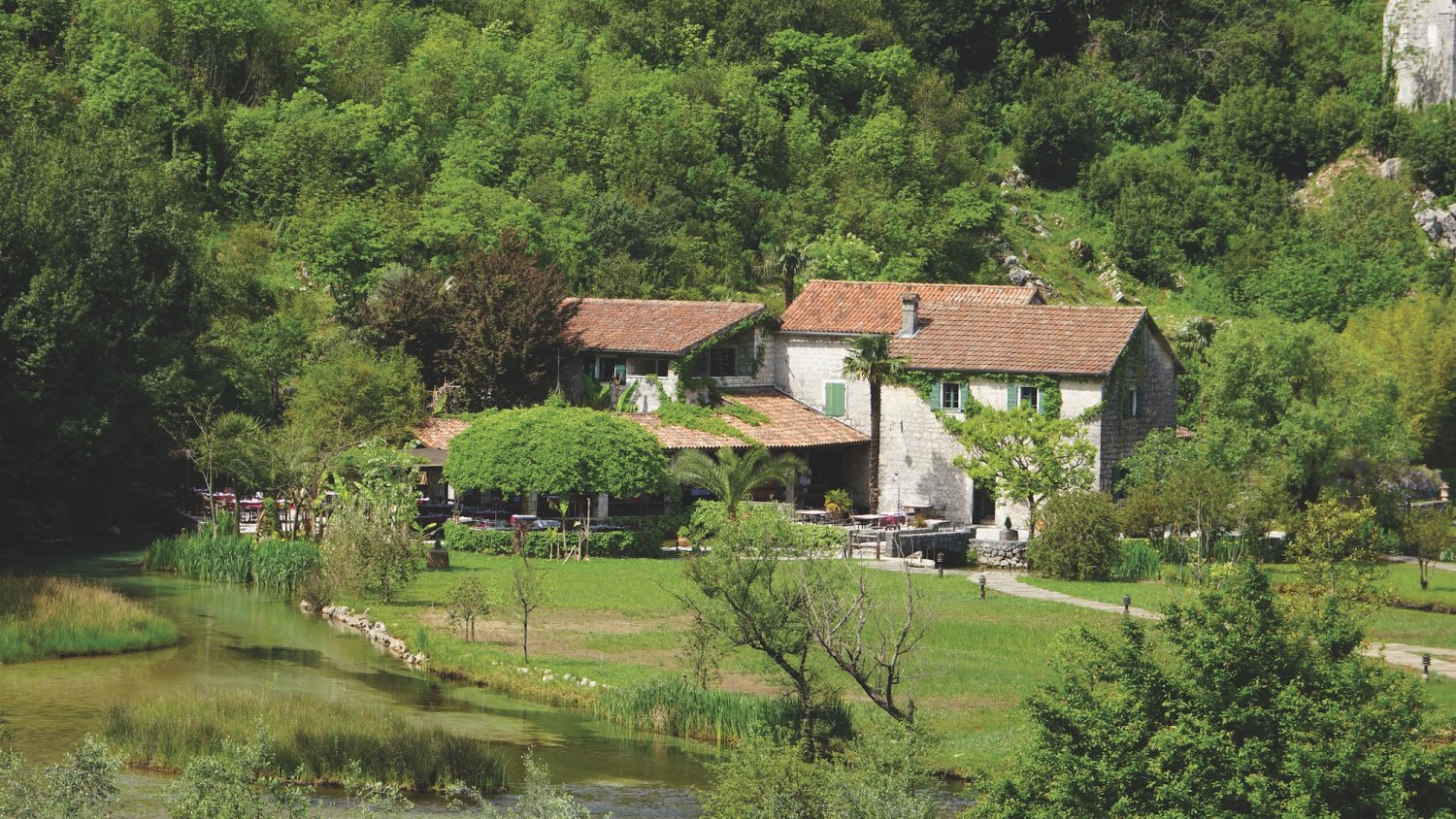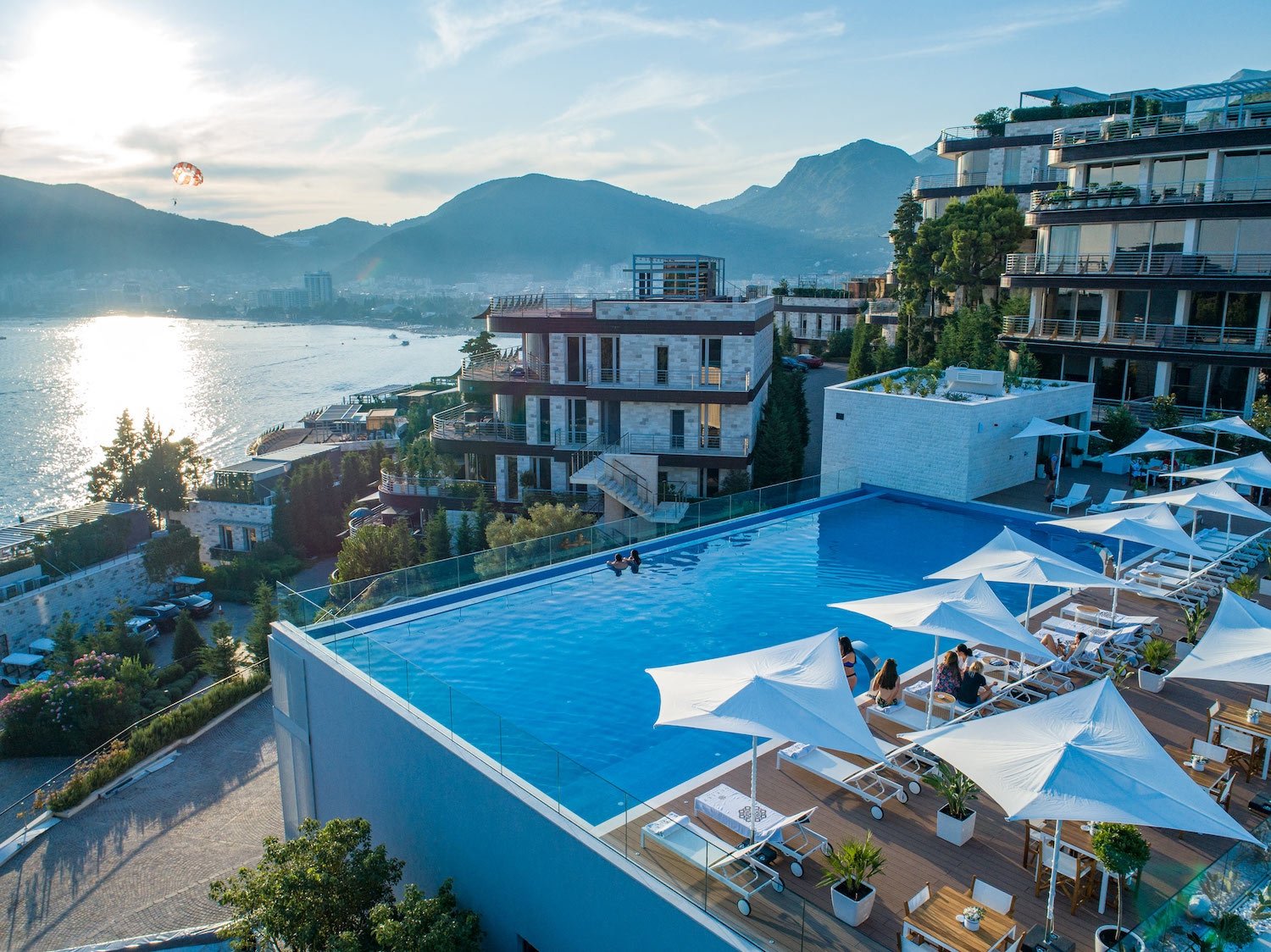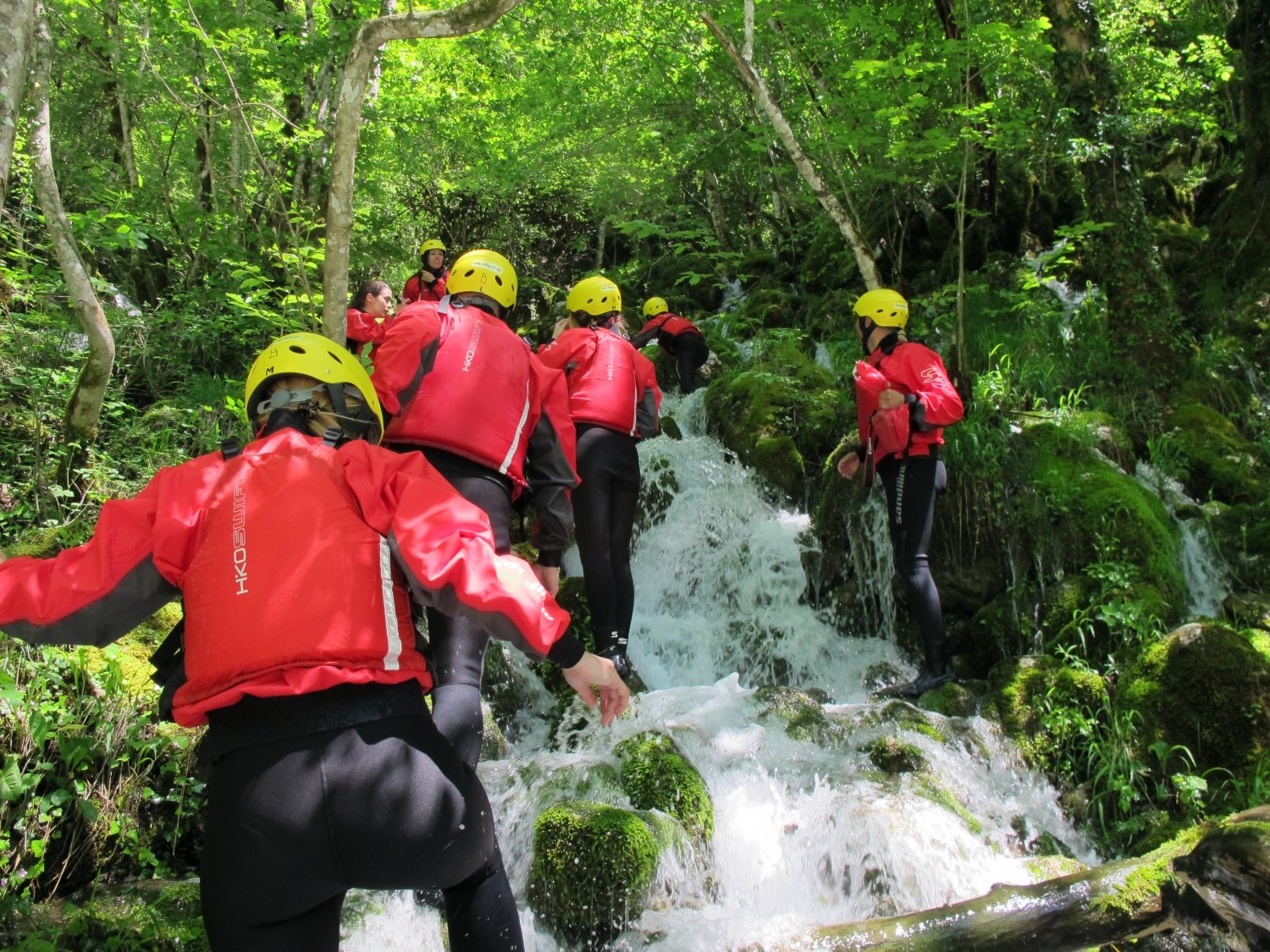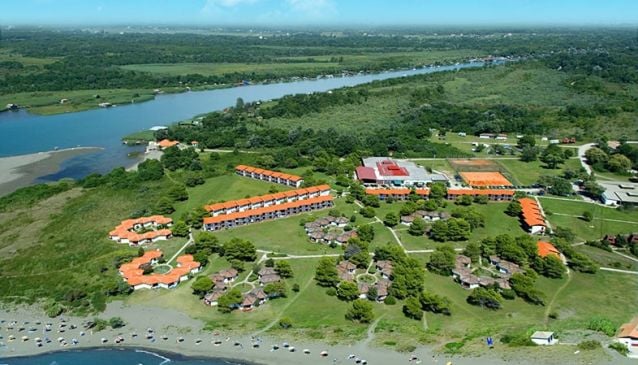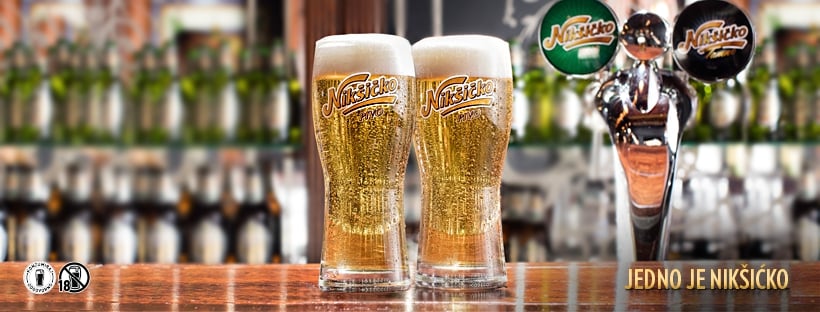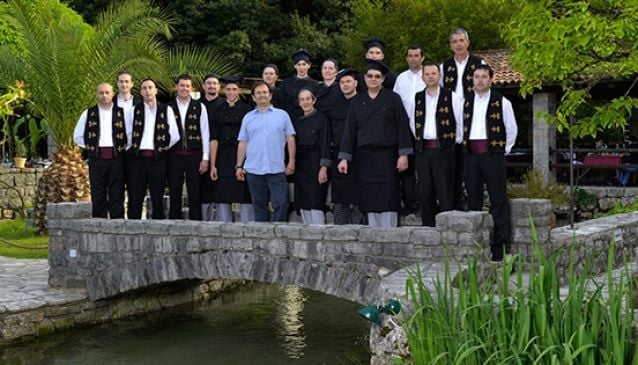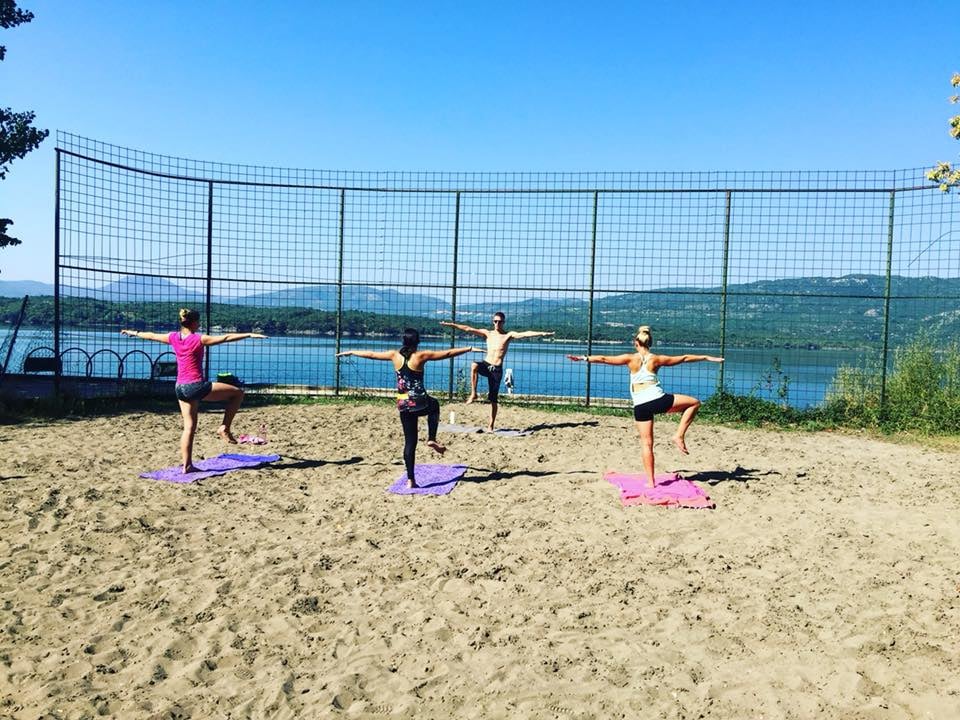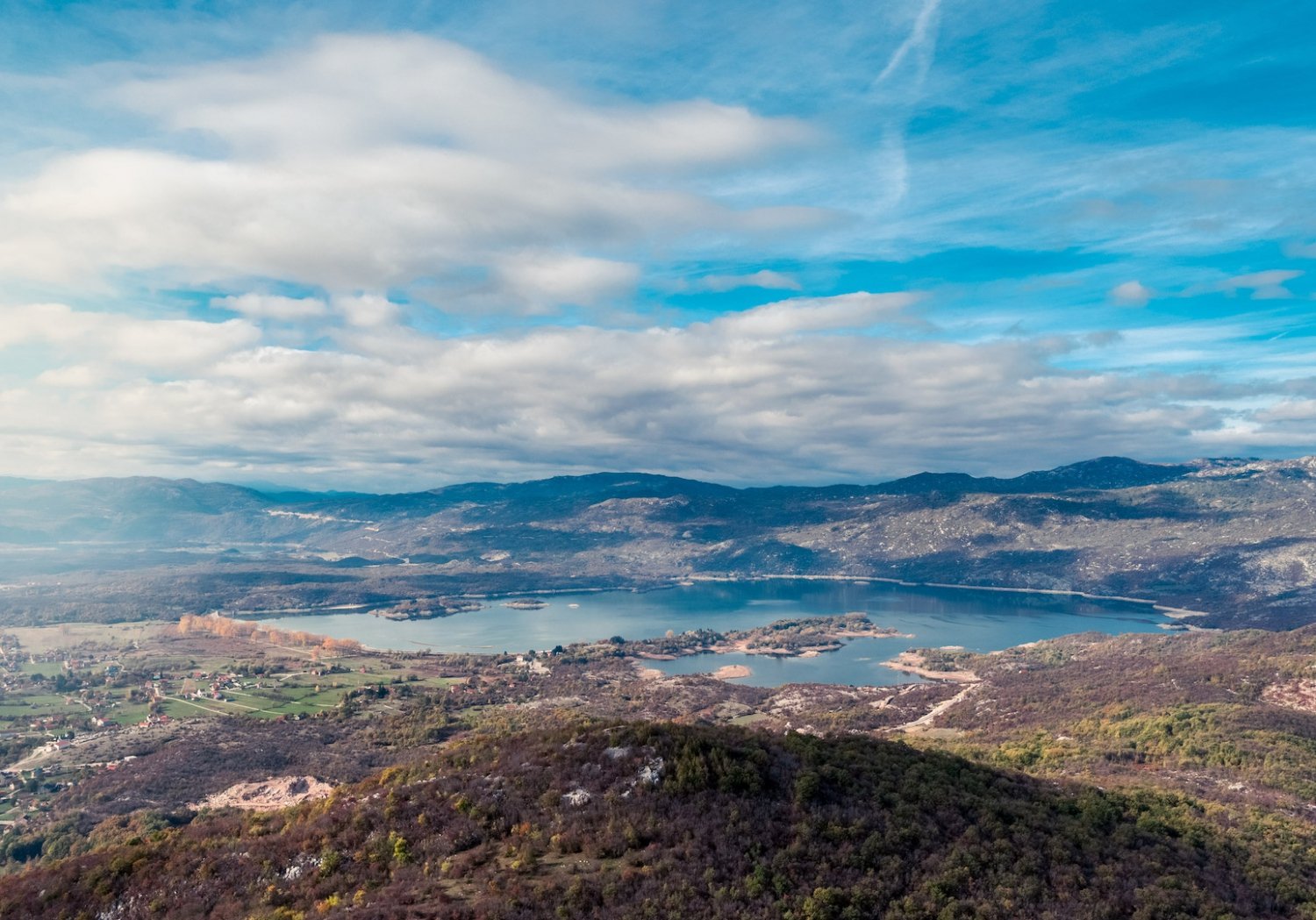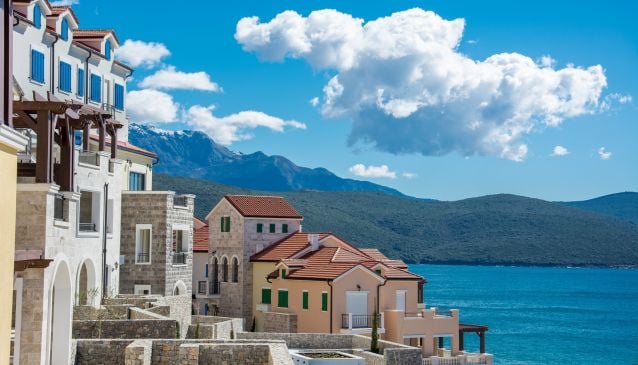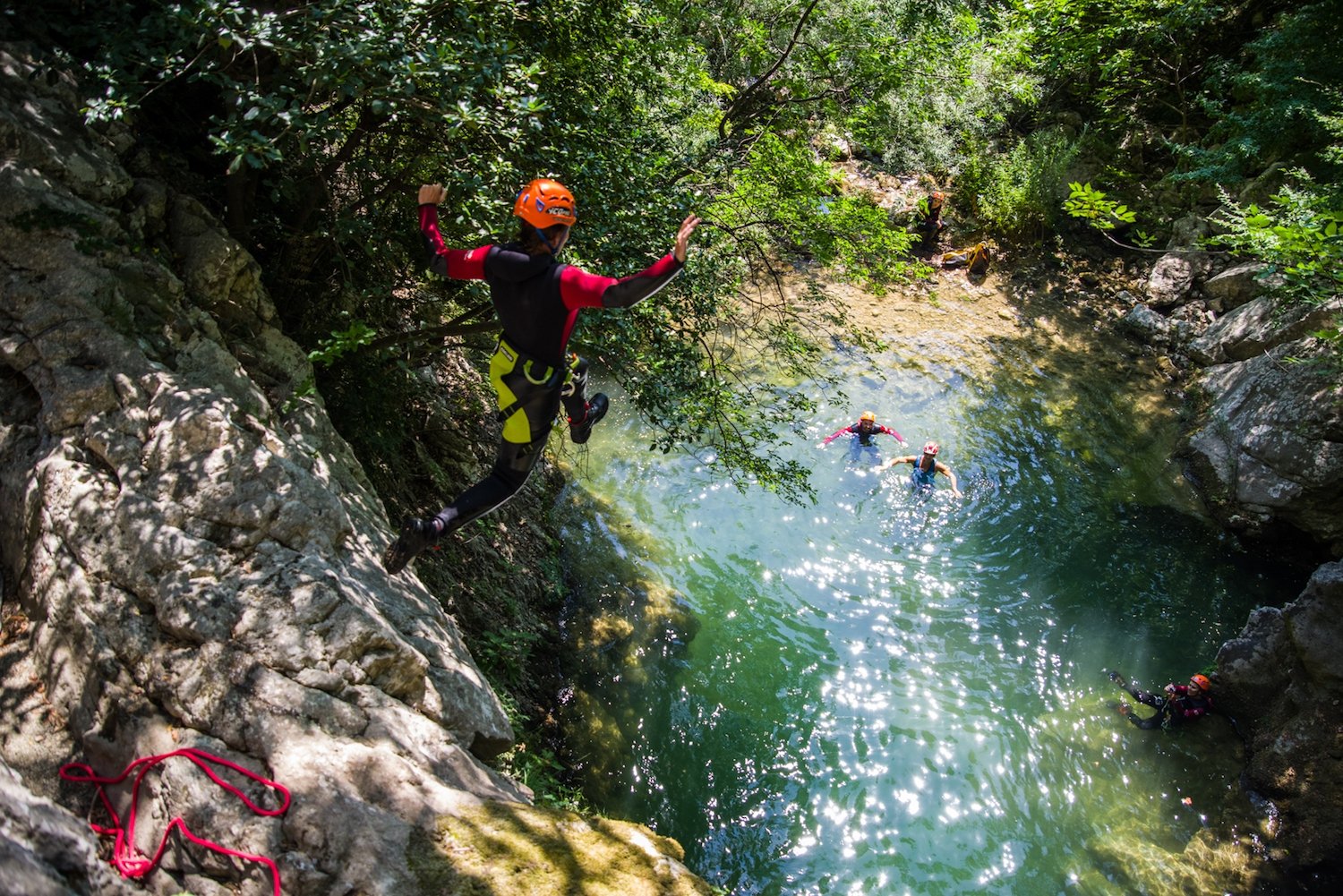National Park Prokletije
Breathtaking Mountain Range!
About NP
The National Park Prokletije, as of 2009, is the youngest national park in Montenegro, completing Montenegrin natural wealth together with the other 4 national parks. Located in the north-east part of Montenegro, this park has gotten its specific name from the same named mountain Prokletije, which literally means 'accursed mountains'. There are a lot of myths and legends about the origin of the name, and in some versions, the story even goes that the range was unleashed from Hell by the Devil. But we will stick to the more realistic side of the story, where the name of the mountain reflects the inaccessibility and the impassability of the area, wild, rough and dangerous paths.
Covering the area of 16.630 hectares, it has numerous peeks with the altitude over 2.000 meters. The interesting fact is that the highest Montenegrin peak is actually located at Prokletije, Zla Kolata with the altitude of 2.534 meters, taking the title from the Bobotov Kuk in Durmitor by just 11 meters.
Nature
The Prokletije Mountains are a vast expanse of wilderness, forming a border with Albania and Kosovo and taking the spot of the highest part of the Dinaric Alps, so in some sources, they can be referred to as 'the Montenegrin Alps'. This is for sure one of the most beautiful parts of Montenegro but still quite unknown and remote. The valleys are deep and wide to the contrast of the harsh and almost inaccessible peaks and steep slopes but they have some of the most fantastic panoramas.
It is ideal for hiking, but only for experienced hikers because the terrain has not been fully explored and marked and it can be covered with snow even in the summertime, due to the continental, mountain and subalpine climate.
The dominant characteristic of the Prokletije region is the richness and diversity of flora and fauna, making it the centre of biodiversity of European and world importance. Wide, floral fields create the idyllic meadows, a perfect place for passionate botanists and nature lovers. There are over 1,700 registered plant species, representing ½ of Montenegrin flora. They also attract many geologists, thanks to the specific forms of caves, sinks, and pits.
Larger and smaller watercourses, glacial lakes and rivers make Prokletije one of the richest Montenegrin hydrological areas. They are known for its numerous springs and quality drinking water, like Alipaša’s springs in Gusinje, springs of a great touristic importance.
Plav and its surroundings have a unique beauty which has a special place in eco-tourism, offering various activities for every nature lover. Lake of Plav is undoubtedly the most significant part of this area, whose pure water is ideal for relaxation in the summer, but in the winter, it becomes a great icing rink.
Culture
The National Park Prokletije and its immediate surroundings have a rich cultural and historical past and in this area civilizations, and cultures, religions and empires were shifted as evidenced by numerous sites, fortresses, churches, mosques, settlements, cemeteries, traditional architecture.
In Plav
- The Old Mosque, built in the 15th century, whose construction was financed by the Ottoman Sultan Abdul Hamid;
- Redžepagić tower from the 17th century
- Monastery St. Trinity, known as the oldest sacred object and preserved monument, originating from the era of Nemanjići
In Gusinje
- The Vizier’s Mosque from the 18th century and the church of St. Djordje
THINGS TO DO
• Hiking, mountaineering
• Herb harvesting
• Visiting cultural-historical places



